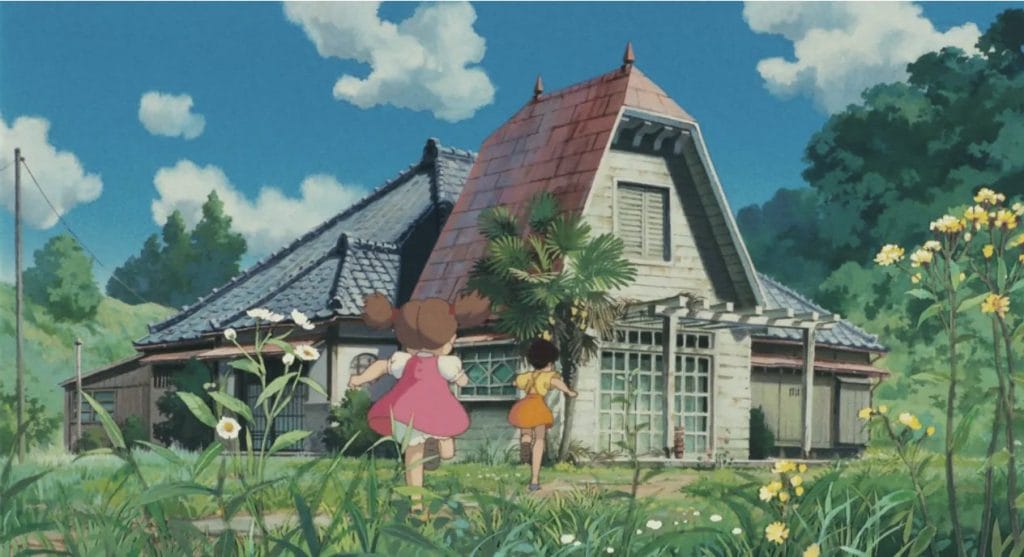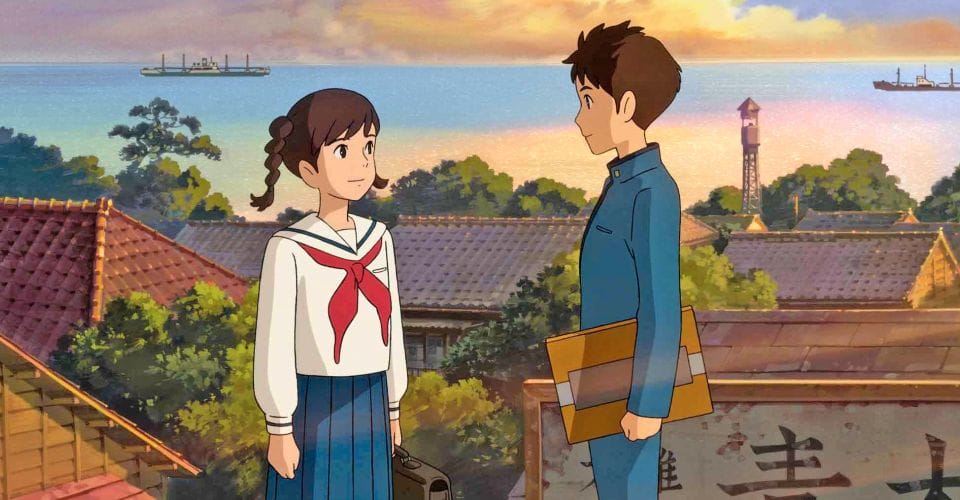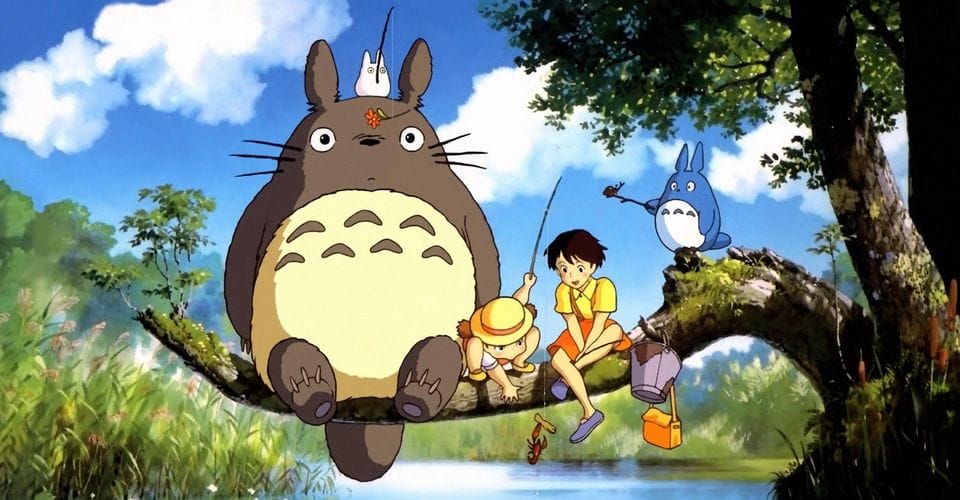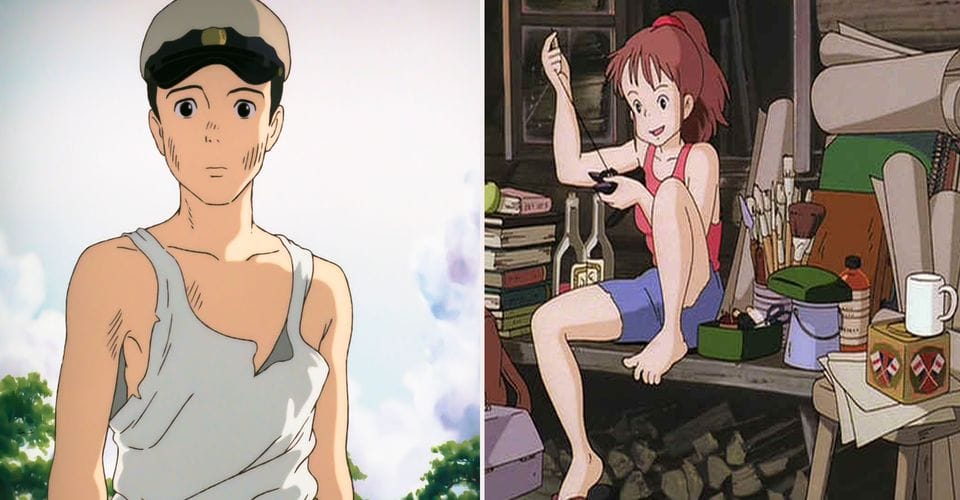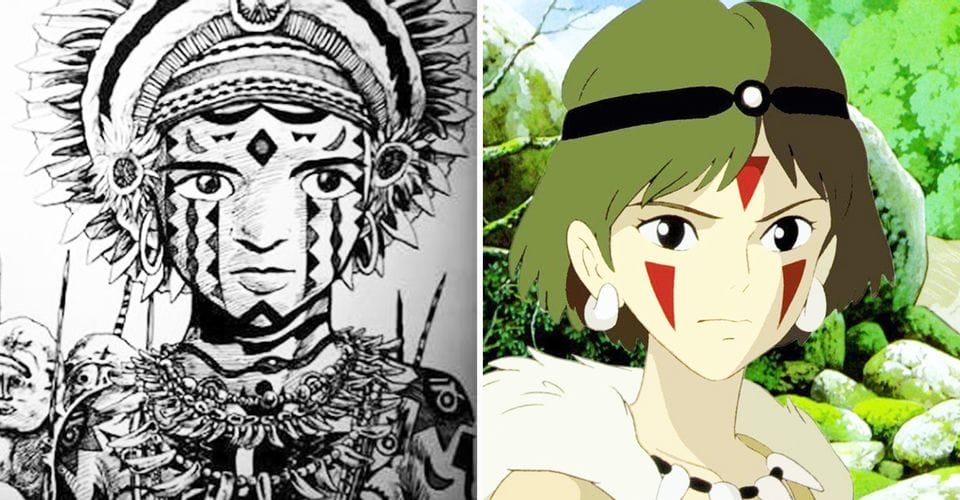Blog
10 Facts about Princess Mononoke only Japanese Fans Will Know
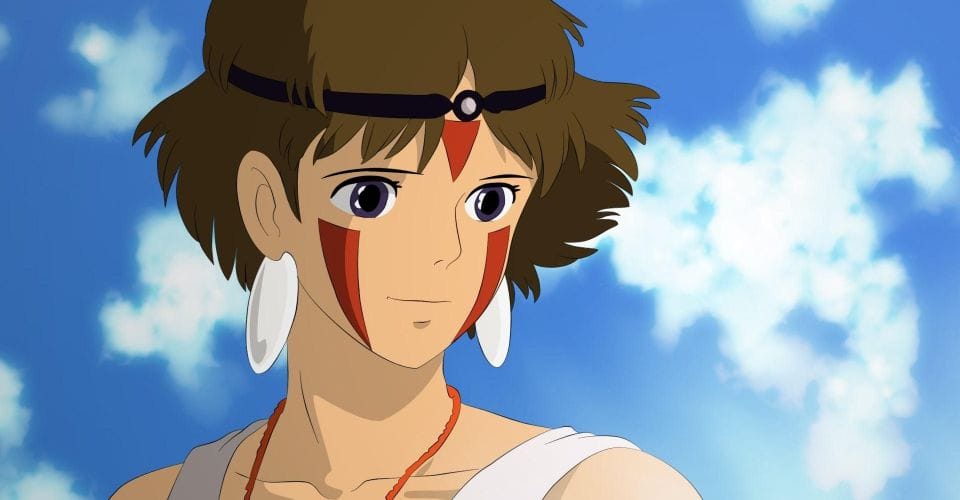
Princess Mononoke is considered by many to be Hayao Miyazaki’s finest work. It’s a complex exploration of the relationship between man and nature; a warning against the damage capitalism and industry can do. Its themes are clear for anyone to see, but where they come from and their influences can be a little more enigmatic to Western audiences. To Japanese viewers who have grown up with a knowledge of Shinto, Japanese literature, and Japanese etymology, these subtleties are far clearer.
What you’ll learn here should answer some popular questions about the film’s title, character names, history, and culture. We’re going to start with some of the simpler trivia and work our way down to the meatier, more culturally contextual details. We hope you learn something!
10. The Setting Was Inspired By Yakushima Island

Many of Miyaki’s films feature protagonists coming into contact with kami – Japanese gods and spirits of nature. The forest in Princess Mononoke is teeming with them throughout the course of the film. But the design of the forest itself is also based off a real-life location: the island of Yakushima, located at the southernmost tip of Japan.
This world heritage site is almost completely covered in thick, dense forest and filled with some rare animals (though it does have a human population of over 13,000). Looking at images of this island, it’s easy to draw parallels to the forest in Miyazaki’s magnum opus.
9. Kodama Tree Spirits Of Japanese Folklore

While you might be familiar with the word from the recent Japanese video game Nioh, Kodama also feature heavily in Princess Mononoke. These silent, mysterious little white creatures who appear throughout the film and occasionally guide the way originates in Japanese folklore. Literally translated as ‘tree spirit’, Kodama traditionally resembled trees themselves, with humans unable to tell the difference (Miyazaki decided to go a different route with their design).
This served as a means of dissuading men from cutting down trees lest they upset the spirits of the forest. The echo phenomenon found in forests was also said to be attributed to the power of the Kodama.
8. Iron Town Workers Have Leprosy

Throughout Japanese traditional history, sufferers of leprosy – which was common across the world centuries ago – were banished from their hometowns and send to isolated sanitoriums. Their families would be shunned by their neighbours and it was often believed that, as is often the case with many world religions, the disease was caused by divine intervention, as punishment for some sin or poor behavior on the part of the victim.
In Princess Mononoke the sufferers of leprosy are given new purpose and opportunity in Iron Town, where they can work and be useful members of a separate society, thanks to Lady Eboshi.
7. Ashitaka’s Name Means ‘Bright Tomorrow’

Before the first arrival of the Chinese to Japan, Japan had no formal writing system – as such, they adopted Chinese characters and molded them to their own language. This means that Japanese names are also made up of the same characters (known in Japanese as kanji) and each kanji carries a specific meaning. This means that every child’s name in Japan and China is given careful consideration and carries a specific meaning (you’ll find that many girl’s names in Japanese end in ‘ko’, for instance. This means ‘child’).
In Princess Mononoke, protagonist Ashitaka’s name is made up of the characters for ‘tomorrow’ and ‘bright’. This was likely an intentional choice by Miyazaki to imply that the protagonist is charged with leading the world to a brighter tomorrow.
6. San (Mononoke) Means ‘Three’

As for the film’s female protagonist, never is she referred to, in the original Japanese or English dub, as ‘Princess Mononoke’. This confuses many people, and we’ll get to the meaning of ‘mononoke’ in a moment. In the film, she is referred to only as ‘San’, which, in Japanese (and Chinese) means ‘three’.
This is a literal name given to her by the wolf spirit Moro who raised her. San is Moro’s third cub, and this is why the name was chosen. Although, of course, she is not actually Moro’s cub, but rather was rescued and raised by her after San’s parents gave her as a sacrifice in order to have their own lives spared.
5. Mononoke Means ‘Unknowable Thing’

The Japanese word ‘mononoke’ has a long history to it, and it has evolved over time. The more recent understanding and usage of the term refers to an ‘unknowable thing’, a mysterious and enigmatic force, difficult to see or even understand – a sort of strange presence. This is the intention behind calling San ‘Mononoke’ in the film. She is a wolf child, something other than human, at least in the eyes of the other humans in the story.
She is seen as a kind of urban myth, a Sasquatch or Loch Ness Monster. This is not intended to be her name, but rather an indication to the audience that the protagonist is a strange and enigmatic natural force. This impact is, unfortunately, lost in the translation, as many of us are left wondering what the word means and why she is never referred to as ‘Mononoke’.
4. Mononoke’s Historical Roots

The origins of the word ‘mononoke’ actually date back to the Heian period of 11th century Japan, wherein The Pillow Book the word referred to a mental illness suffered by a woman. A few years later, The Tale of Genji (often considered the world’s first novel) explains that Mononoke are spirits of the dead risen up and inhabiting – then controlling – the bodies of living women.
This gives some historical context to the word and its choice in the film, as we can see the evolution of the word, originally meaning a specific kind of specter, into a mysterious ghostly force.
3. Spirits Come From Shinto Gods

Shintoism is Japan’s oldest religion, and although Japan is reportedly a 99% atheist nation, Shintoism laid the foundation of so much of the nation’s culture, architecture, attire, and arts which are still used and celebrated today. The religion’s pantheon is made up of thousands upon thousands of kami (gods), all of which have an intrinsic link to nature. In Princess Mononoke, the previously mentioned Kodama, as well as Moro the wolf god, the Forest Spirit/Deer Spirit and boar god Nago, are all kami of Shinto origin.
You can see how each of these spirits has a clear connection to nature, each being either an animal which presides over and guards the lives of the beasts it represents (boars, wolves etc.) or in the case of the Kodama, spirits of the forest’s very trees themselves.
2. Shinto-Inspired Themes

Shintoism, at its core, is about the connection of man with nature. You can draw similarities between the gods of Shinto and those of Greek mythology, where certain gods are in charge of certain aspects of nature (the sun, the trees, the oceans etc). In the movie, the influence of Shinto runs even deeper than that, exploring how man is betraying and poisoning nature, losing its connection to the kami.
The boar god Nago becomes corrupted by a human bullet and goes into a mad rage, and Moro has sworn to protect her adopted human daughter San from the dangers of the human world. While once upon a time, the human world and the natural world were one and the same, they no longer are.
1. A Post-WWII Commentary

It was specifically after the events of World War 2 that Japan made its separation from its Shinto roots. Although Japan had been ‘modernising’ – for lack of a better word – for almost century by that point, it was the end of the war and the end of the Japanese Empire which began the major shift of Japan towards the capitalistic, industrialized nation we have today.
Miyazaki is not a fan of all of this and has used Princess Mononoke as a statement against the development of industry in Japan. He wants to remind the people of Japan of their nature-focussed heritage and traditions before the country becomes too far gone. He believes in the discipline and respect for nature which Shinto can offer, which he fears has been lost over the past several decades.

